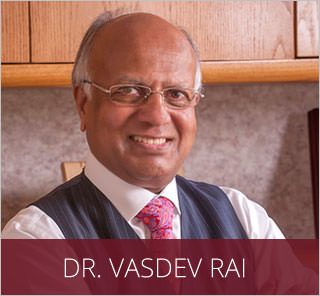The Art and Science of Liposuction
In Ontario, Canada recently, a family doctor had his medical licence limited because he performed liposuction in his office without adhering to proper professional standards.
- He injected too much saline solution
- He suctioned out too much fat for safety
- He used an excessive amount of anesthetic
- He did liposuction on at least one morbidly obese patient
- He discharged at least one patient only one hour after performing an eight-hour procedure
He must now practice surgery only as a surgeon’s assistant in a hospital setting and will also be subject to a physician review and unannounced visits at his private medical offices.
This is a good cautionary tale although Canada has a different surgical environment than the U.S. There are clear limits to how and when liposuction can safely be performed.
1.It is never performed on an obese patient
Liposuction is not a safe or effective way to lose weight. The weight must be lost first and then if there are specific body areas which resist losing weight, the body proportions can be corrected by liposuction on those specific areas. Common areas are the abdomen, hips, upper back and upper arms.
2.The amount of saline solution injected must be carefully calibrated
The saline solution contains lidocaine as an anesthetic and epinephrine to reduce bleeding by constricting blood vessels. These drugs are then metabolized by the body. The liposuction procedure, even done in the safest possible way, still puts stress on the body. If too much lidocaine and epinephrine are injected it will add to the stress.
3.The amount of fat removed at any one time must be carefully limited
Body fluids (blood, lymph, interstitial fluid) are suctioned out with the saline solution and fat. If the patient is not closely monitored and the amounts of fluid in and out are not carefully controlled relative to the patient’s weight, the procedure can become life-threatening.
That is because the body’s electrolytes (sodium, potassium, calcium, magnesium etc.) must be kept in balance for heart function to be safe. An overly large removal of fat could remove too much of some electrolytes and put them out of balance. (Too much saline solution injected could also create imbalance, since “saline” means “with salt”, and salt contains sodium.
Dr. Rai offers liposuction done according to the highest professional and safety standards. You can choose from Traditional, Tumescent, or Ultrasonic liposuction. Dr. Rai has over 20 years of experience in all types of liposuction, is certified by the American Board of Plastic Surgery, and is the Chief of Plastic Surgery at Medical City Dallas Hospital. You could not be in safer hands for your body contouring surgery.
Please contact our office if you would like to know more about liposuction, its safety, and how it could help you.
Dr. Vasdev Rai
 Dr. Vasdev Rai has performed more than 25,000 cosmetic surgeries over his more than 30 years in practice as a Dallas plastic surgeon. He is a board-certified plastic surgeon who was first certified by the American Board of Plastic Surgery in 1983. Learn More...
Dr. Vasdev Rai has performed more than 25,000 cosmetic surgeries over his more than 30 years in practice as a Dallas plastic surgeon. He is a board-certified plastic surgeon who was first certified by the American Board of Plastic Surgery in 1983. Learn More...
Dr. Surjit Rai
 Dr. Surjit Rai was born and raised in Plano, Texas. Being the son of a plastic surgeon, Dr. Rai had the unique opportunity to see first-hand the impact a plastic surgeon can have. He knew at a young age that he would dedicate his life and academic career towards the goal of becoming a plastic surgeon. Learn More...
Dr. Surjit Rai was born and raised in Plano, Texas. Being the son of a plastic surgeon, Dr. Rai had the unique opportunity to see first-hand the impact a plastic surgeon can have. He knew at a young age that he would dedicate his life and academic career towards the goal of becoming a plastic surgeon. Learn More...
